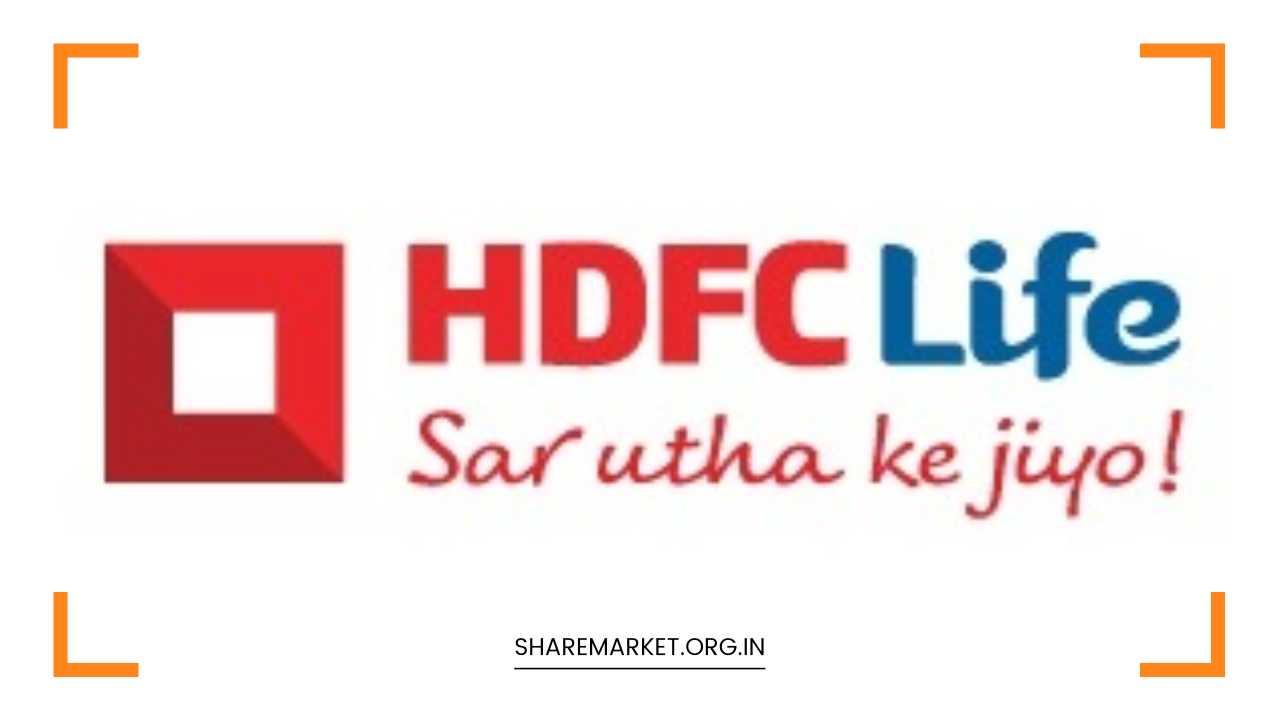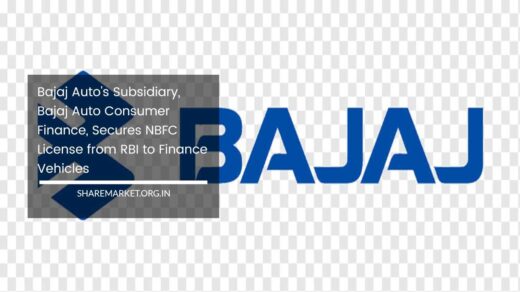HDFC Life Insurance Q1 Results: Net profit rises 15% to Rs 479 crore

HDFC Life Insurance Q1 Results
HDFC Life Q1 Results: A Deep Dive into Steady Growth and Investor Confidence
HDFC Life, a frontrunner in India’s private life insurance sector, released its financial results for the first quarter (June 2024) of the fiscal year 2024-25.
The company’s performance delivered stability, meeting market expectations with a 15% year-on-year increase in net profit to Rs 479 crore.
This positive outcome stemmed from a potent combination of robust growth in both first-year premiums, signifying new customer acquisition, and renewal premiums, indicating customer retention.
Dissecting the Profitability Gains
The 15% surge in net profit underscores HDFC Life’s unwavering profitability. This growth is particularly noteworthy in the face of prevailing economic uncertainties.
The company’s capability to sustain a healthy profit margin reflects its sound financial health and efficient operational structure.
However, to gain a deeper understanding, it’s crucial to examine the underlying components that contributed to this profit growth.
Breaking Down the Revenue Streams
-
Net Premium Income: A significant contributor to the profit surge is the 9% rise in net premium income, reaching Rs 12,548 crore compared to the same quarter last year. This robust increase signifies a substantial growth in new business written by HDFC Life. This metric highlights the company’s effectiveness in attracting new customers and expanding its market reach.
-
Annualized Premium Equivalent (APE): While APE witnessed an impressive 23% year-on-year growth, reaching Rs 2866 crore, it fell slightly short of market expectations of a 24% increase. This minor deviation suggests a potential moderation in new business momentum compared to the previous quarter. It’s important to analyze this metric over a longer timeframe to identify any emerging trends.
VNB Margin: A Closer Look at Profitability
VNB margin, a key profitability metric in the life insurance industry, reflects the profit generated from new business after accounting for acquisition expenses.
In HDFC Life’s case, the VNB margin witnessed a slight decline of 1.20% compared to the June 2023 quarter.
However, it’s crucial to consider that this decrease was less pronounced than what analysts had predicted (a decline of 1.30%).
This indicates HDFC Life’s potential ability to manage operating expenses effectively, mitigating the impact on profitability. Analyzing the expense structure and identifying areas for further optimization could be a potential future growth driver.
Market Response: Share Price Movement
The release of the Q1 results initially caused HDFC Life’s share price to experience some volatility, fluctuating between positive and negative territory. This initial reaction is not uncommon, as investors process the information and assess its implications.
However, the stock ultimately found support and closed the day with a modest gain of 0.35% at Rs 637.85. This suggests that investors remained confident in the company’s long-term prospects despite the slight miss on the APE growth target.
A Look Back: Year-on-Year Share Price Performance
For a more comprehensive understanding, it’s essential to consider the broader context of the share price movement.
Looking at the past year, HDFC Life’s stock reached a one-year high of Rs 710.60 in December 2023. However, the subsequent seven months witnessed a significant correction, leading to a one-year low of Rs 511.10 in June 2024.
The recent gain represents a 25% recovery from this low point, but the stock price still remains over 10% below its one-year peak. This underscores the importance of analyzing long-term trends along with short-term fluctuations.
Future Trajectory: Key Considerations
HDFC Life’s Q1 results paint a picture of a company experiencing consistent growth that aligns with market expectations.
While the slight miss on the APE target and the decline in VNB margin warrant monitoring, the overall performance suggests a robust financial position.
The company’s ability to navigate a challenging economic environment with continued profitability is a positive indicator.
Looking ahead, several factors will likely influence HDFC Life’s future trajectory. Here are some key considerations for investors:
-
Maintaining Growth Momentum: Can HDFC Life sustain its growth momentum in the coming quarters? Investors will be keenly observing the company’s ability to achieve its APE targets and expand its market share.
-
VNB Margin Management: Investors will be interested to see how effectively HDFC Life manages its operating expenses to maintain healthy VNB margins. This will be crucial in ensuring long-term profitability.
-
Product Innovation and Strategic Initiatives: Any new product launches or strategic initiatives undertaken by HDFC Life could potentially influence investor sentiment. The company’s ability to adapt to evolving customer needs and market dynamics will be a key factor to watch.
Competition and Regulatory Landscape
The life insurance sector in India is highly competitive, with several established players vying for market share. HDFC Life’s success will depend on its ability to differentiate itself through product offerings, customer service, and brand reputation.
Additionally, the regulatory landscape in the insurance industry can also impact profitability. Investors should stay informed about any upcoming regulatory changes that could potentially affect HDFC Life’s business model.
Conclusion: A Cautiously Optimistic Outlook
HDFC Life’s Q1 results provide a reason for cautious optimism. The company’s performance met market expectations, showcasing stability and resilience.
Going forward, investors will be closely monitoring the company’s ability to address potential areas of concern, such as the slight decline in VNB margin, while sustaining its growth trajectory.
As the economic landscape continues to evolve, HDFC Life’s adaptability, strategic execution, and its ability to navigate a competitive environment will be key factors in determining its long-term success.
Analyst Recommendations and Investor Sentiment
While this analysis provides a general overview, it’s also valuable to consider the perspectives of financial analysts who cover HDFC Life. Consulting analyst reports and recommendations can offer additional insights into the company’s future prospects.
Additionally, gauging broader investor sentiment through news articles and market commentary can provide valuable context for individual investment decisions.
By taking a comprehensive approach that considers both company-specific factors and the broader market environment, investors can make informed decisions regarding HDFC Life’s stock.

















